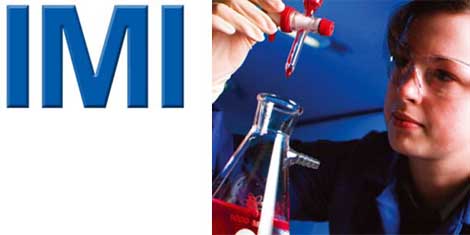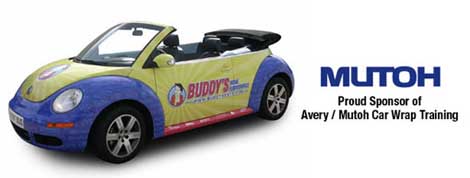
The announcement this week of the sad demise of American Printer magazine - established in 1883 and one of the most respected industry publications in the USA - has got us mulling over the future of printed publications here at LFR. This closure is hot on the heels of Reed Business Information divesting itself of Graphics Art Monthly.
So, we’re thinking... is there actually a place for printed industry publications with the advent of online publishing?
It can be rightly argued that LFR has an agenda here. Of course we will extol the virtues of online publishing, marketing and advertising over and above printed copy. It is our very lifeblood. Nonetheless, there are several irrefutable facts – regardless of where your loyalties lie – that need to be considered.
Firstly, there are too many printed publications vying for the same advertising spend in a market hit badly by the recession. The UK market is overpopulated with publications serving print, wide format and sign industries and it is inevitable that not all will survive.
Secondly, the costs to publish a hard copy of a publication are significantly higher than those of online publications and it follows that those costs need to be met by higher advertising revenue. Advertising money that - crucially - many businesses just don’t have at this time.
Thirdly, printed media cannot offer the immediacy of online publications – and therefore their news is not in fact news – it is history. Online media is immediate almost to the point of danger. We once got our knuckles rapped for launching the HP DesignJet L25500 latex printer the day before HP themselves had launched it. Now that’s what you call news (and a worldwide exclusive no less...)
With the advent of the internet and the associated arsenal of online marketing tools including ecasts, websites, social media etc, are magazines becoming less and less relevant for anything other than branding and positioning?
We ran an advertising campaign at LFR recently on behalf of ONYX Graphics. The company had simultaneously advertised in printed publications and the results were pretty clear.
Dean Derhak, Marketing Director at ONYX, comments, “LFR is a great vehicle for introducing new products to the global wide format industry. We recently ran an industry-wide ad campaign and LFR delivered a high global impression total with one of the best per-click rates. We are very pleased with their professionalism and value the results.”
The way people access their news is changing too. More and more people are moving to smart phones and access information on the move. They want easily downloadable, timely and relevant news.
There are other distinct advantages in disseminating news online, rather than in print. Online news can provide SEO (search engine optimisation for the uninitiated) value to other websites. It is easier to search and find online news and readers can easily click through to relevant, linked sites to drill down further on any subjects of interest. Finally, online news has a far larger reach as it can be easily syndicated by other online communities.
Of course, there will always be a place for printed media. It is unlikely someone is going to read an in-depth report or white paper online. Ditto, a detailed technical document. Saying that, we all said that e-readers such as Kindle would never take the place of books. Yet according to acknowledged publishing expert, John Kremer, in response to a question on eBook sales: “As of January [2011], Amazon reported that it sold 115 Kindle eBooks for every 100 paperbacks it sold – and three times the number of hardcovers it sold...”
One thing is for certain though: the future of publishing – and especially where news is concerned – lies with the internet. Online publishing is immediate. It is cost-effective. The only way to go is online.









